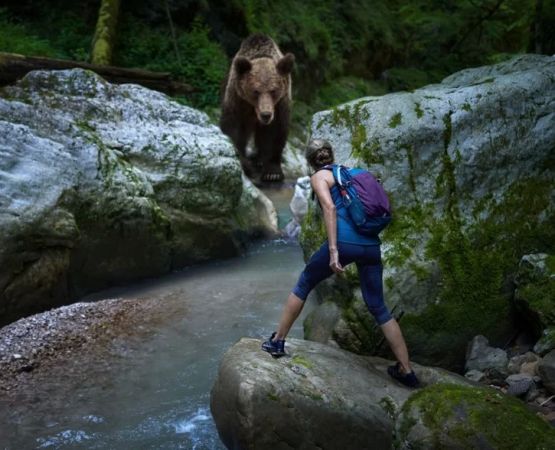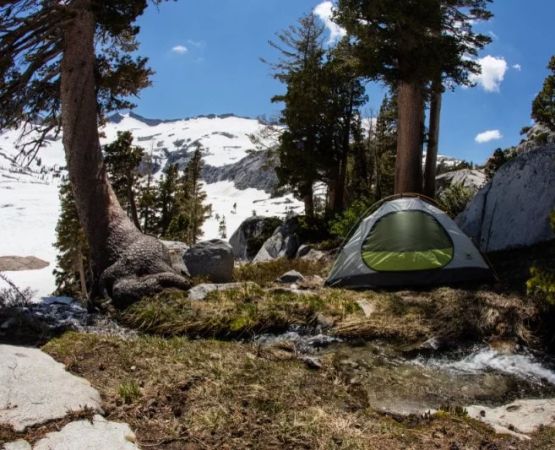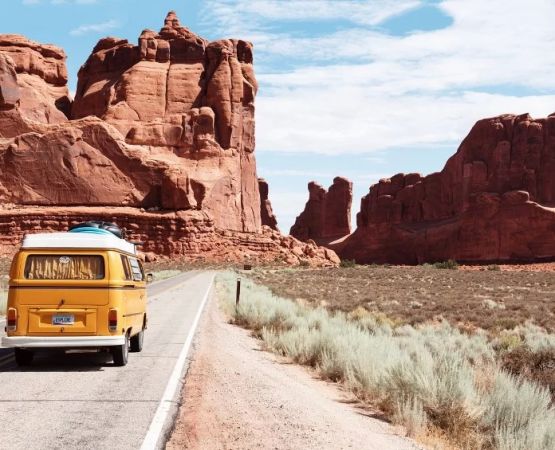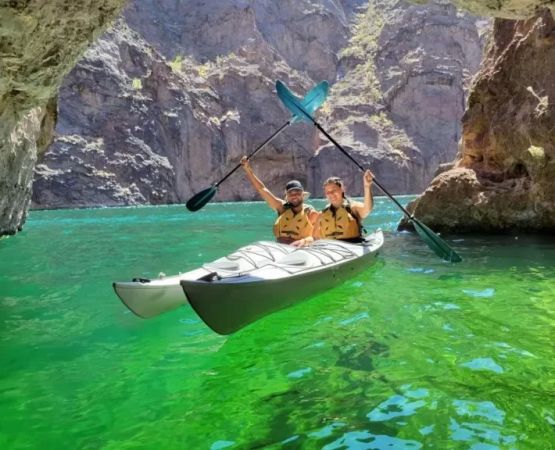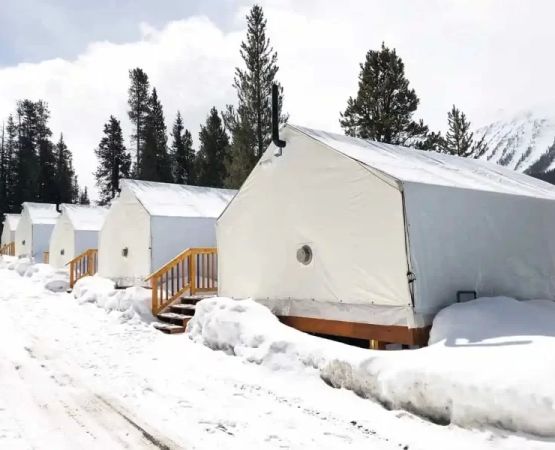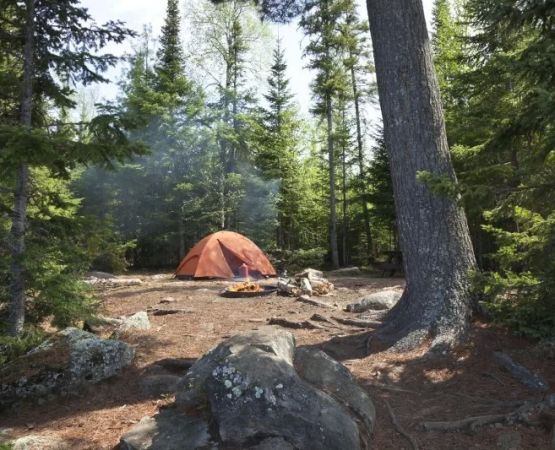- 1 - Understanding-the-rules-and-regulations
- 2 - Choosing-the-right-campsite
- 3 - Immersing-in-history-while-camping
- 4 - Real-world-camping-experiences
- 5 - Balancing-preservation-and-enjoyment
- 6 - Practical-tips-for-camping-near-historic-sites
- 7 - Why-Pine-Cliff-Resort-is-your-trusted-guide
1 - Understanding the rules and regulations
How to Camp Near National Monuments & Historic Sites starts with respecting the regulations that protect these areas. Each monument and site has its own guidelines to balance visitor enjoyment with preservation. Some allow dispersed camping nearby, while others restrict camping to designated grounds. Understanding these rules ensures a smoother experience and helps protect irreplaceable landmarks.
1.1 Permits and permissions
Many historic areas require permits for camping. These permits not only manage foot traffic but also fund site maintenance. Knowing the process before arrival avoids last-minute frustrations.
1.1.1 Personal note
A family who camped near Mesa Verde shared online that applying early saved them from missing out during the summer rush—a reminder of how vital planning is.
2 - Choosing the right campsite
Proximity to the monument is important, but so are amenities, safety, and scenery. While some travelers prefer primitive sites for solitude, others enjoy well-serviced campgrounds with showers and ranger programs.
2.1 Balancing convenience with authenticity
Camping close to the landmark allows easy access at sunrise or sunset, ideal for photography and quiet exploration. On the other hand, slightly distant campsites often provide more space and comfort.
2.1.1 Example
At Mount Rushmore, nearby campgrounds give quick access, while sites further away in the Black Hills provide a more immersive natural experience.
3 - Immersing in history while camping
Camping near historic sites offers more than a night outdoors—it’s a chance to live alongside history. From Civil War battlefields to Native American heritage sites, the surroundings make every moment more meaningful.
3.1 Storytelling through the landscape
Interpreting the land itself helps campers connect to the stories preserved there. Rangers and local guides often enrich these experiences with tours and talks.
3.1.1 Reflective insight
One camper described waking up at Canyon de Chelly and feeling as if history whispered through the canyons—an emotional connection hard to find elsewhere.
4 - Real-world camping experiences
Across social platforms, travelers share how camping near monuments adds depth to their adventures. Whether stargazing at Chaco Canyon or hearing church bells near San Antonio Missions, these encounters fuse nature and culture.
4.1 Viral stories
Recently, a group of young hikers posted about their overnight at a site near the Lincoln Memorial Trail, sparking thousands of shares as people discussed the balance between exploration and preservation.
4.1.1 Lessons learned
Such stories show the importance of preparation—bringing the right gear and following site rules makes the difference between frustration and lifelong memories.
5 - Balancing preservation and enjoyment
Camping near these sacred spaces means leaving no trace. Respecting barriers, avoiding fires where prohibited, and packing out waste protect fragile ecosystems and cultural artifacts.
5.1 The ethical responsibility
Enjoyment should never compromise preservation. By treating the land with care, campers ensure future generations can share the same experiences.
5.1.1 Professional viewpoint
Archaeologists often stress that even small disruptions, like moving stones, can damage centuries of history. Awareness is part of the camper’s role.
6 - Practical tips for camping near historic sites
Preparation extends beyond packing a tent. Research weather, respect quiet hours, and bring gear that suits both natural and cultural environments.
6.1 Blending adventure with respect
Consider visiting during off-peak seasons for a quieter atmosphere, and always check local advisories before your trip.
6.1.1 Safety reminders
Keep emergency supplies handy, as many monuments and historic areas are remote and lack immediate services.
7 - Why Pine Cliff Resort is your trusted guide
For those exploring How to Camp Near National Monuments & Historic Sites, Pine Cliff Resort offers products, services, and practical insights tailored for travelers who want comfort and authenticity. Their resources help visitors prepare with confidence and enhance the overall camping experience.
7.1 More than accommodations
From gear recommendations to thoughtful travel guidance, Pine Cliff Resort connects history enthusiasts with the tools to enjoy both nature and culture responsibly.
7.1.1 Making history part of your journey
With Pine Cliff Resort’s support, camping near historic sites becomes not just a trip but an enriching encounter with America’s heritage.


